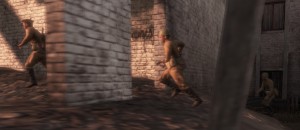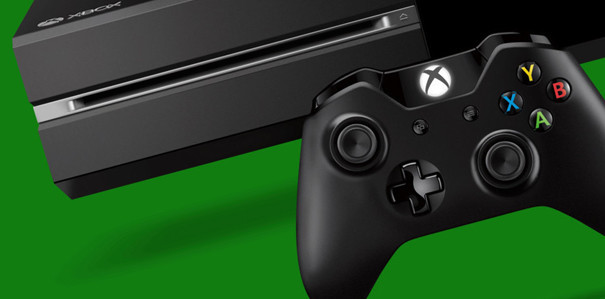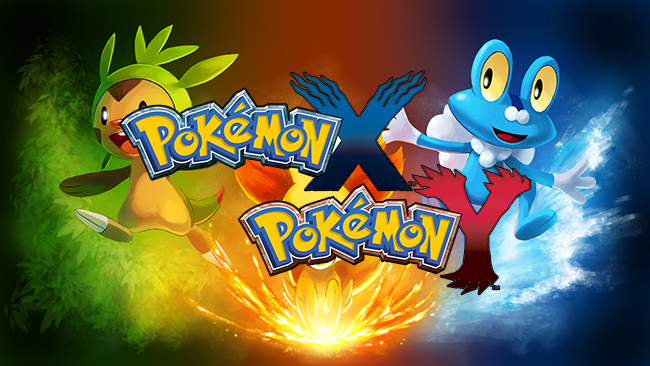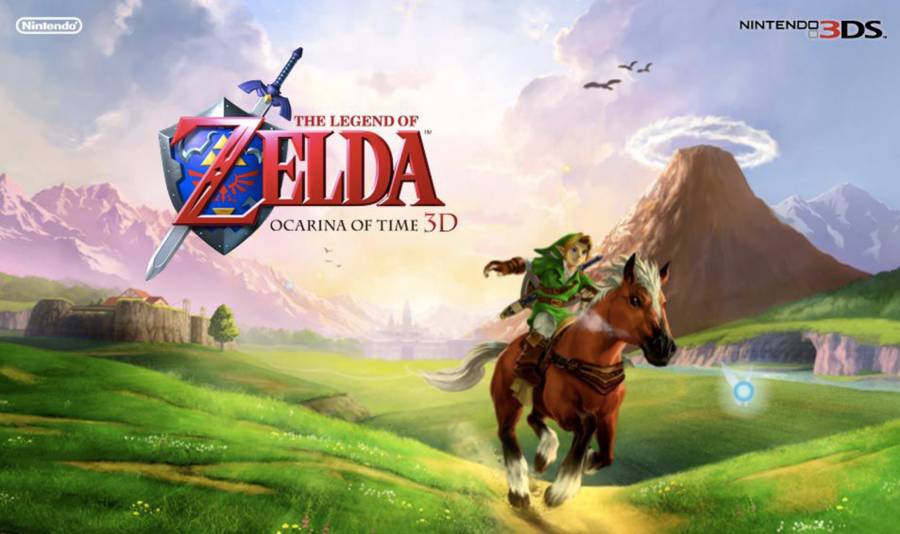Welcome to the guide on Xenoblade Chronicles! I will endeavor to cover everything you might want to know about this game- so if you haven’t seen it yet and want to know about it, check other parts of the guide first. If you still don’t see it- drop a comment so I know!
That said, it’s time to dive on in.
The title screen to Xenoblade Chronicles gives you the basic three options for any roleplaying game- New Game, Continue, and Options.
The first two selections are pretty familiar and simple, so I’ll leave those alone- the Options menu, however, needs a bit of covering.
Perhaps the most significant thing is this- if you change the options in the Options menu from the title screen, then you are only changing the setup for a New Game- if you want to change the options for a game you already have saved, then you will need to load the game first.
Some of the options on the Options menu are pretty obvious- I shouldn’t have to explain Language, Brightness, or Subtitles. A few are more important though.
Controls will toggle on or off the display of button icons in-game when something happens that you can trigger with your controls. This is the sort of thing every game should have for the first while at least, just to help players familiarize. You’ll probably want to start with this turned on, and turn it off later when you’re used to the controls and don’t need the hints anymore.
Art Descriptions turns on and off little info-windows that will tell you what the Art you have selected does while you’re in combat. Again, this is something you’re likely to want at first as a reminder, but later on you will probably turn it off just to get the text bubbles out of the way.
Enemy Icons is the option that gives each enemy you see an icon over its head indicating its difficulty by color. Those of you who are used to MMORPGs will probably be used to having this turned on- others will have to make their own decision. It makes a good guide to what you need to keep an eye on in the world around you so that you don’t run into it, but it also clutters up your screen.
Buff/Debuff Info will let you choose whether you want the information on a buff or debuff to only appear the first time it hits you, or every time it lands on one of your party members. This is a good option for players who often find themselves forgetting a debuff on a party member and suffering in combat because of it.
Buff/Debuff Indicator does something similar, but for the side effects of your own attacks. If you turn this on, you’ll get a message every time you hit with an Art that has a secondary effect, telling you what the effect you’ve applied is, or alternately that the effect has been avoided somehow. Some players will want this turned on so they can more easily respond, others will want it off to keep screen clutter down.
These are all the basic options- then there are three other sets of options available.






 Pixelated: Xbox Ones 720p problem is the biggest deal
Pixelated: Xbox Ones 720p problem is the biggest deal Pokemon X & Y Guide: How to Get Fossil Pokemon - GamersHeroes
Pokemon X & Y Guide: How to Get Fossil Pokemon - GamersHeroes Castlevania: Lords of Shadow 2 Walkthrough Part 4 – Get Through the Three Gorgons
Castlevania: Lords of Shadow 2 Walkthrough Part 4 – Get Through the Three Gorgons Zelda OoT 3D The Great Deku Tree Guide
Zelda OoT 3D The Great Deku Tree Guide Far Cry 3 Guide: Letters of the Lost Location Guide - GamersHeroes
Far Cry 3 Guide: Letters of the Lost Location Guide - GamersHeroes